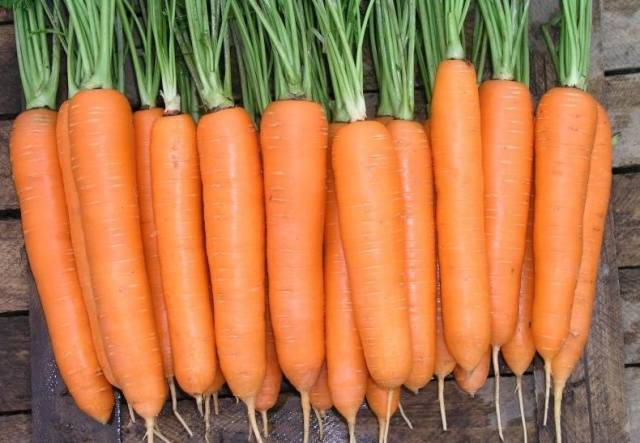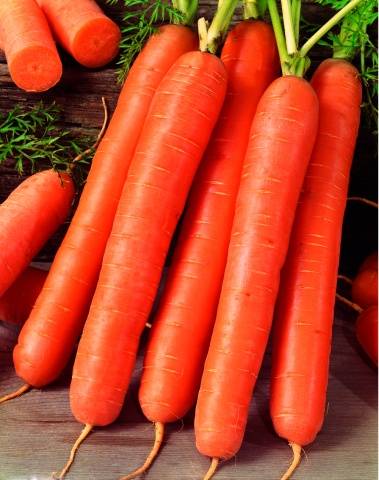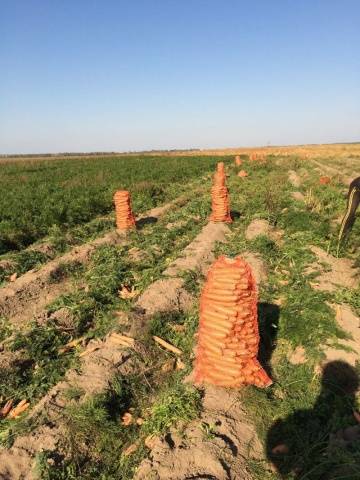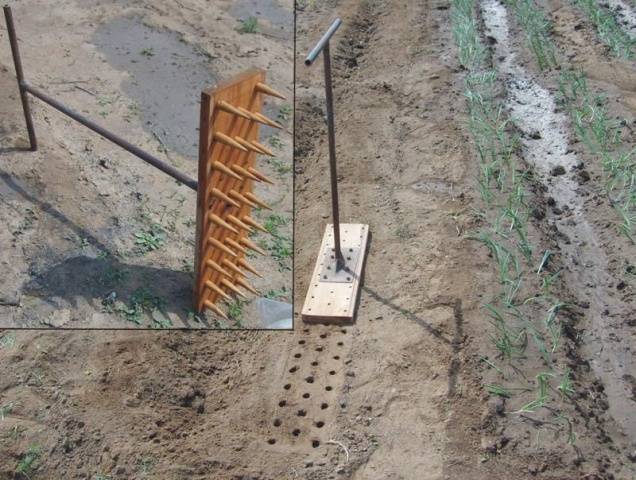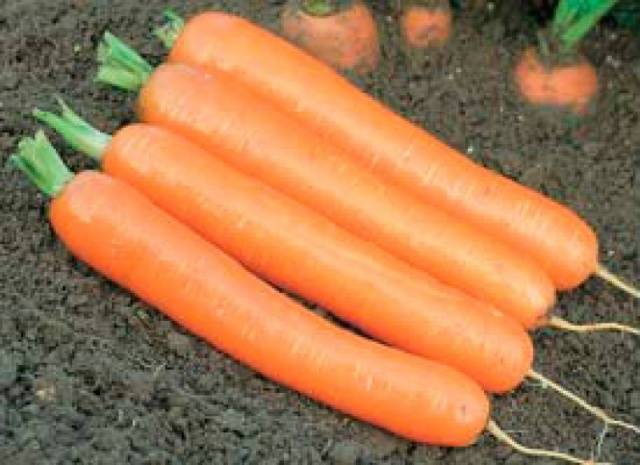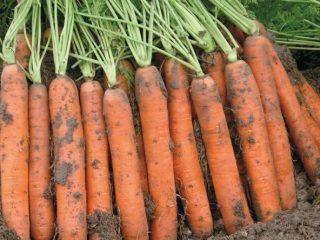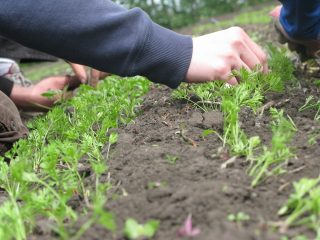Content
At least once, everyone bought straight cylindrical blunt-pointed fruits of Dordogne carrots in the supermarket. Retail chains buy an orange vegetable of this variety because of the possibility of long-term non-waste storage, excellent presentation: the root crops in the bulk look perfect.
Characteristics of the variety of carrots Dordogne F1
Hybrid of the variety type of the Nantes Dutch breeding company Syngenta Seeds. Root crops of equal size with a size fluctuation of 2-3 cm are suitable for fresh consumption, long-term storage, canning. The difference in weight of marketable fruits does not exceed 40 g.
The period for reaching marketable conditions from sowing to the start of mass harvesting of carrots does not exceed 140 days. Selective harvesting of root crops starts 3 weeks earlier. The number of crooked and undersized fruits does not exceed 5%. The upper part of the root crop, which protrudes 2–4 cm above the soil, does not undergo greening.
Consumer properties of carrots Dordogne F1:
- The core of the root crop is not expressed, coarsening does not occur;
- Uniform internal structure of the fetus;
- High percentage of sugars and carotene;
- Taste quality at the level of Nantes;
- Overgrowth, cracking of root crops is excluded;
- The variety is not prone to shooting;
Manufacturability of varieties for farms and peasant farms
- Smooth friendly shoots;
- Unpretentiousness to the quality and acidity of soils;
- Indifference of the variety to the vagaries of the weather;
- Dordogne carrots are suitable for mechanized harvesting: root crops are not subject to mechanical damage;
- Marketability of root crops is not less than 95%;
- Short-term fruitfulness simplifies the packaging and packaging of root crops;
- After mechanical washing, the roots do not darken, they retain a uniform color;
- Early sowing will ensure selective marketing of young carrots in mid-July;
- Preservation of the crop in a vegetable store up to 10 months;
- The attractive presentation of the vegetable provides a steady demand for sale in markets and retail chains: root crops do not have deviations in shape and size.
Summary table of varietal properties of Dordogne carrots:
Root mass | 80-120 g |
|---|---|
Root length | 18-22 cm |
Diameter | 4-6 cm |
Assessment by the duration of the growing season of the variety | Early ripe variety (110 days) |
Reason for preference | A short growing season is combined with the safety of root crops |
Plant spacing | 4x20 cm |
Variety yield | 3.5-7.2 kg / m2 |
Preservation of root crops | 8-9 months (maximum 10 months) |
Dry matter content | 12% |
Sugar content | 7,1% |
Carotene content | 12,1% |
The area of distribution of culture | To the zone of the far north |
Agrotechnical cultivation
Dordogne is a rare variety among vegetable crops, undemanding to the qualitative composition of the soil. The seeds germinate and give a steady harvest in heavy, dense soils. A necessary requirement is deep autumn plowing: in favorable years, root crops reach a length of 30 cm.
Presowing fertilization, top dressing during the growing season, soil aeration measures are reflected in the increase in crop yield. On heavy clay soils with an insufficient amount of compost and humus, it is recommended to add rotted sawdust of deciduous trees in the fall.
Seed germination fluctuates at the level of 95–98%. On a garden bed, where each seed, when sowing according to a conductor, knows its place, this guarantees the required planting density without bald spots and excessive thickening, which leads to deformation and crushing of the fruit.
The preparation of seed material begins in the fall: experienced gardeners recommend long-term pre-sowing hardening of carrot seeds with frost. Seed dressing in order to destroy pathogenic microflora is not always required. Seed growers make a warning inscription on the package if a complex seed treatment has been carried out before packaging.
Dordogne carrots are crops that can do with occasional watering. A full-fledged vegetation will be ensured by repeated loosening and mulching of the ridges when the soil dries up, including both compost and freshly cut lawn grass.
In order to avoid damage to the fruit, it is permissible to harvest root crops in the garden without digging, pulling vegetables out of the ground by the tops. The tops are firmly connected to the root, they do not come off.
Testimonials
